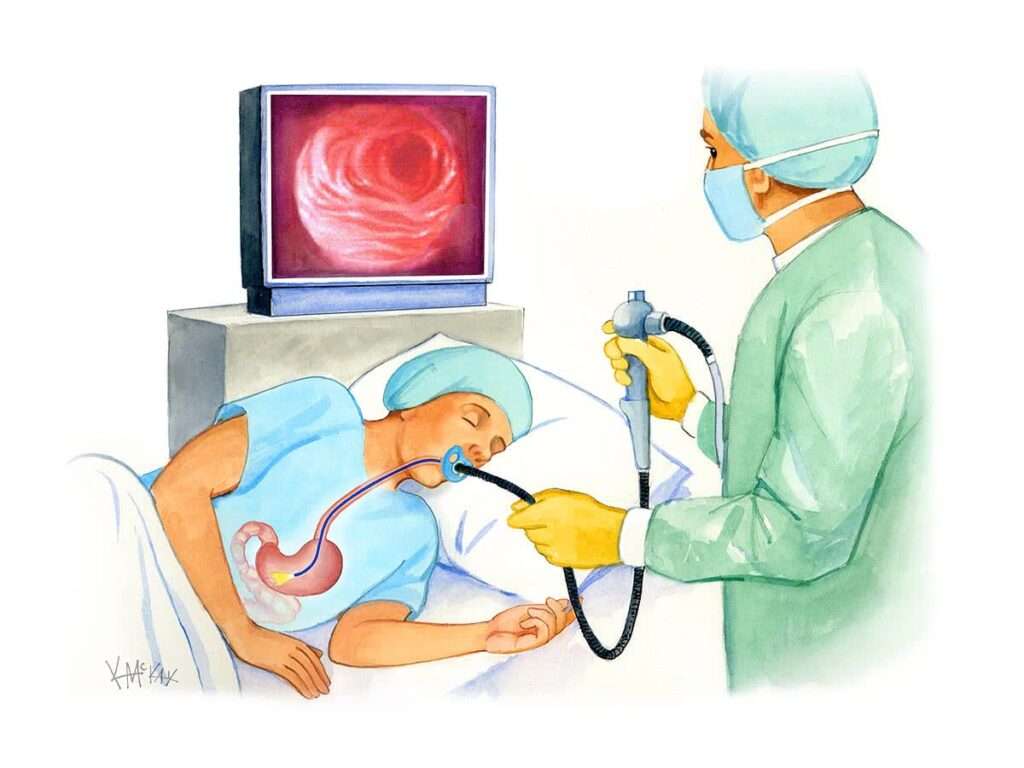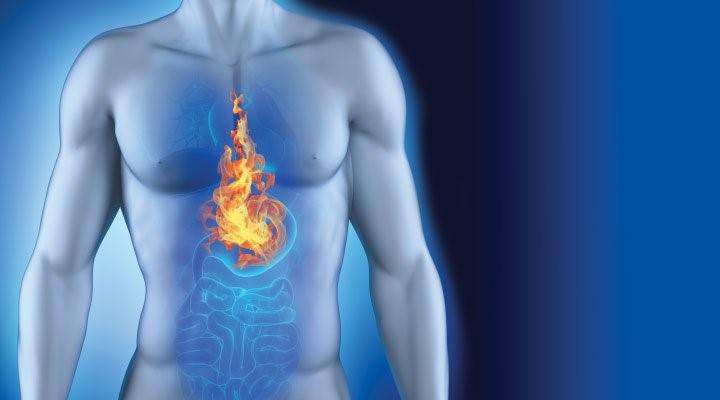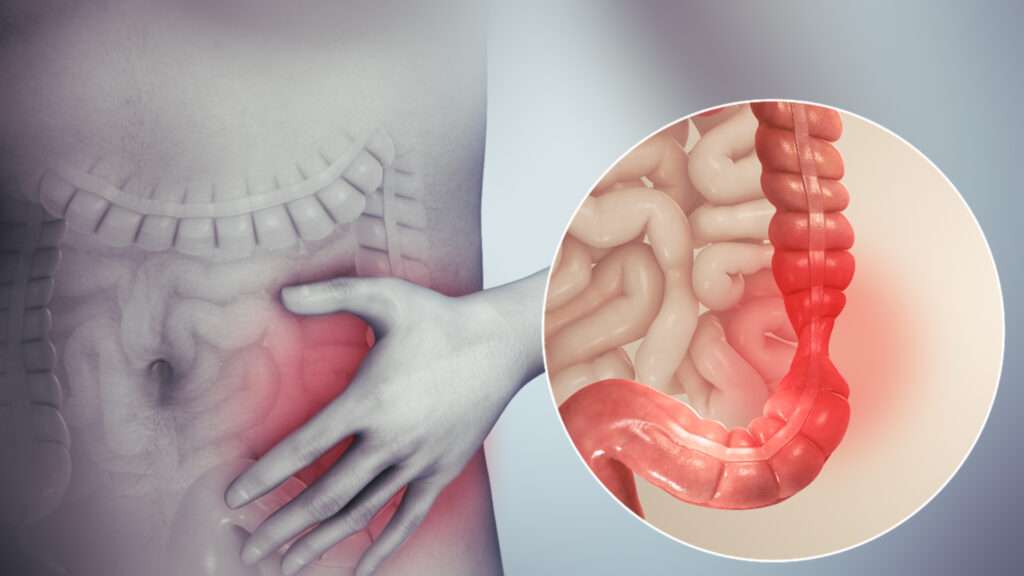
Gastroscopy, also known as esophagogastroduodenoscopy (EGD), is a medical procedure that allows doctors to examine the lining of the esophagus, stomach, and the first part of the small intestine, known as the duodenum. It is a valuable diagnostic and therapeutic tool used to investigate a wide range of gastrointestinal issues and conditions.
Here’s an overview of what you should know about gastroscopy:
1. Procedure: During a gastroscopy, a flexible, narrow tube called an endoscope is used. This endoscope has a light and a tiny camera at the tip, allowing the doctor to see the internal structures of the upper gastrointestinal tract. The procedure is typically performed by a gastroenterologist or a surgeon in an outpatient setting.
2. Indications: Gastroscopy is performed for various reasons, including:
- Diagnostic: To identify the cause of symptoms such as abdominal pain, difficulty swallowing, heartburn, unexplained weight loss, or gastrointestinal bleeding.
- Screening: For the detection of conditions like Barrett’s esophagus, which is a precursor to esophageal cancer.
- Treatment: To perform certain therapeutic interventions like removing polyps, taking biopsies, or treating bleeding ulcers.
3. Preparation: Patients usually need to fast for several hours before the procedure to ensure the stomach is empty, which allows for better visualization. Your healthcare provider will provide specific instructions regarding fasting and medication adjustments.
4. Sedation: Most gastroscopies are done with sedation to ensure patient comfort. You will be given a sedative through an intravenous (IV) line, which will make you feel relaxed and drowsy during the procedure.
5. The Procedure: The endoscope is inserted through your mouth and guided down your throat into the esophagus and stomach. The camera sends real-time images to a monitor, allowing the doctor to examine the lining and identify any abnormalities. If necessary, biopsies can be taken or treatments like the removal of polyps or control of bleeding can be performed.
6. Recovery: After the procedure, you’ll be monitored in a recovery area until the sedative wears off. You may experience some mild throat discomfort or bloating, but these typically resolve quickly.
7. Results: Your healthcare provider will discuss the findings with you after the procedure or during a follow-up appointment. Biopsy results may take a few days to come back from the lab.
8. Risks: While gastroscopy is generally safe, there are some potential risks, including bleeding, infection, or injury to the digestive tract. Serious complications are rare.
9. Follow-Up: Depending on the findings, you may require additional tests or treatments. Your doctor will develop a plan tailored to your specific condition.
In summary, gastroscopy is a valuable medical procedure used to diagnose and treat various gastrointestinal conditions. It offers a minimally invasive way to visualize and address issues in the upper digestive tract, ultimately helping patients manage their health and well-being. If you have concerns about your digestive health or are experiencing symptoms related to your upper gastrointestinal tract, consult with a healthcare provider to determine if a gastroscopy is necessary.




